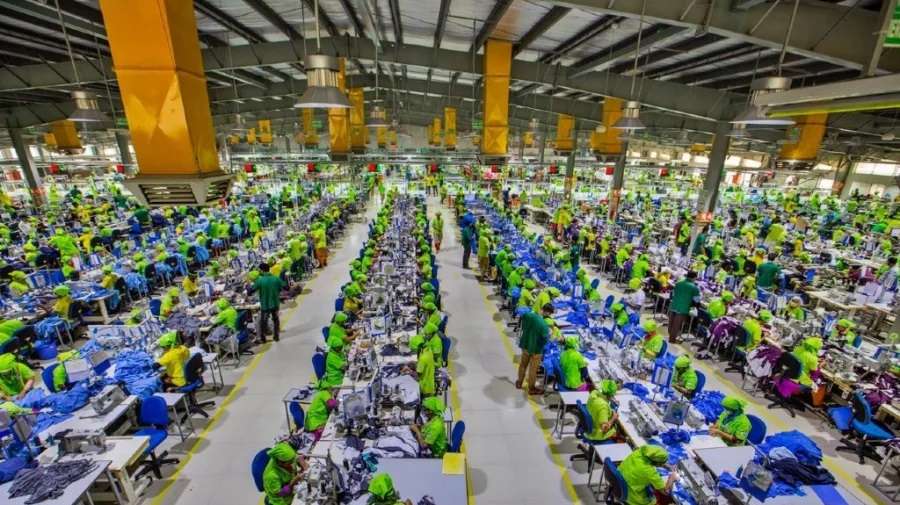Digitally printed textiles account for just two per cent of the total printed textile production worldwide. Digital textile printing has a number of important advantages over screen printing. For example, it offers greater freedom of creativity and flexibility in design and is more cost efficient for short print runs. Also, it is more environmentally friendly. It enables physical inventory levels to be reduced and requires less capital investment, has a smaller production footprint.
Furthermore, adoption of digital textile printing helps manufacturers adapt more quickly to changes in global sourcing trends and consumer demand. However, there are many opportunities which provide the digital textile printing industry with scope for future expansion. In particular, whereas production of digitally-printed textiles is currently weighted heavily towards developing countries, there is likely to be an increase in production in European countries in the future.
Digital textile printing will also become more important in the home textile sector as consumers increasingly view home textile products as consumables and update their home furnishings and bedding more frequently.
Among non-consumer applications, there are major opportunities for the digital textile printing market in soft signage. This field is ideally suited to digital printing as customers in this sector usually order in small quantities, and digital textile printing is capable of producing short print runs cost effectively.
Digital textile printing gets a boost
- 1
- 2
- 3
- 4
- 5
- 6
- 7
- 8
- 9
- 10
EU's T-shirt market: Steady consumption, rising imports shows changing dynamics
The European Union's appetite for T-shirts remains robust, with consumption expected to grow steadily over the next decade, albeit at... Read more
China's neo-luxury era redefines consumer aspirations
As China's affluent consumers mature, a there is a shift in the luxury market. The days of conspicuous consumption and... Read more
Next Big Opportunity for Indian Textile &Apparel: Strategic focus on key pro…
A compelling analysis by Sanjay K Jain, Chairman of the ICC National Textile Committee at the Indian Chamber of Commerce,... Read more
Local brands challenge global titans amid evolving consumer demand in China’s sp…
China has consolidated its position as a powerhouse in the global sportswear market, driven by a growing middle class, increasing... Read more
Impact of reciprocal tariffs and how it’s reshaping global textile supply chains
The announcement of reciprocal tariffs by the US, even with the 90-day pause on those excluding China, has triggered a... Read more
Global Sourcing Expo 2025 to strengthen India-Australia textile ties
Julie Holt, Director, Global Business & Exhibition has led the expo since its inception in 2010. She is focused on... Read more
EU vs. US Garment Imports: A tale of diverging trends
The global garment industry is a complex web of production, distribution, and consumption, with shifting trends and regional disparities shaping... Read more
Techtextil India 2025 to launch 'Sporttech Pavilion' for sports and activewear t…
Messe Frankfurt and Concept N Strategies join forces Messe Frankfurt Trade Fairs India Pvt Ltd has partnered with Concept N... Read more
Luxury's China Playbook: Why Tmall remains essential despite Douyin's rise
The narrative surrounding China's luxury market has been rife with talks of a slowdown. However, a recent report by DLG... Read more
Green Thread: LEED certified RMG units boosting Bangladesh's exports
Bangladesh, renowned for its robust garment manufacturing sector, is undergoing a profound transformation towards sustainability. This evolution is underscored by... Read more












